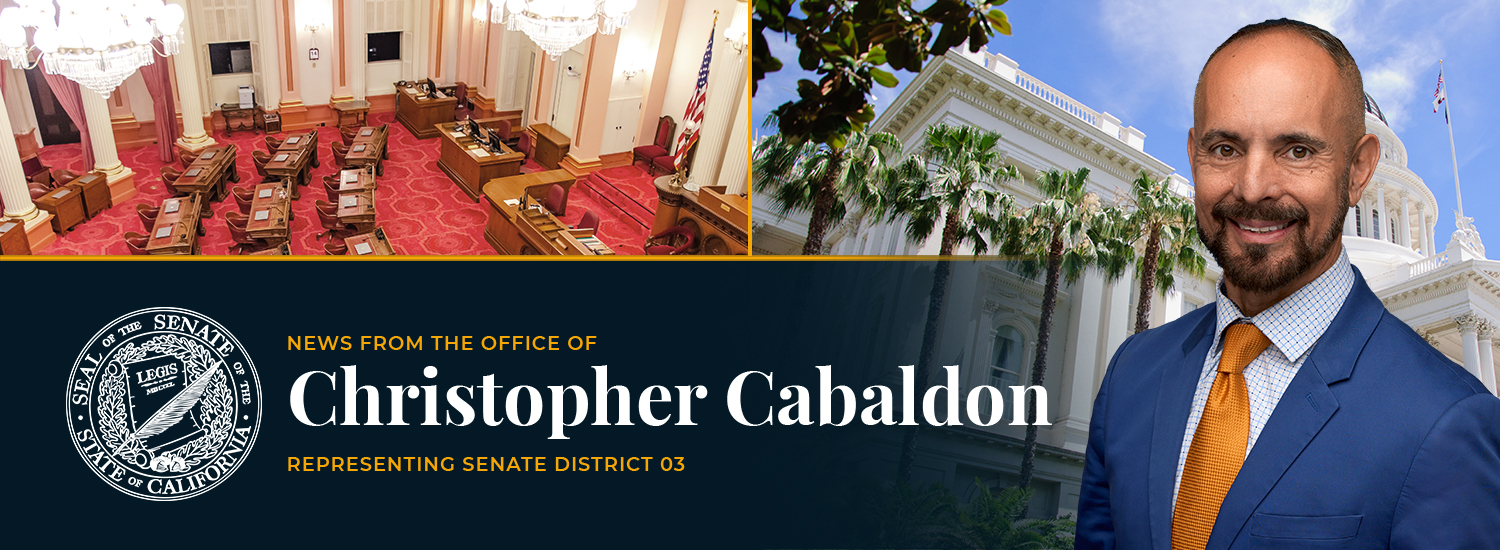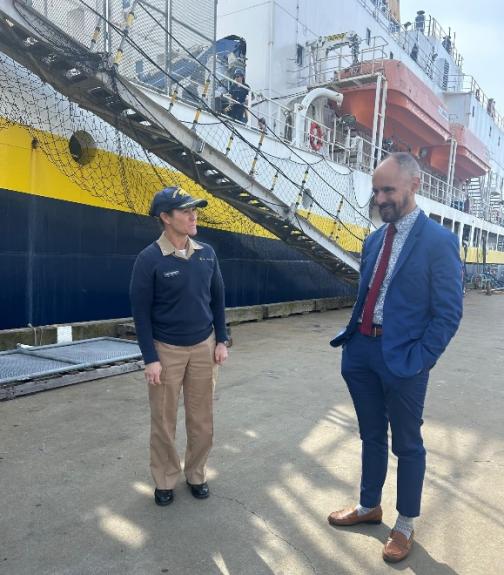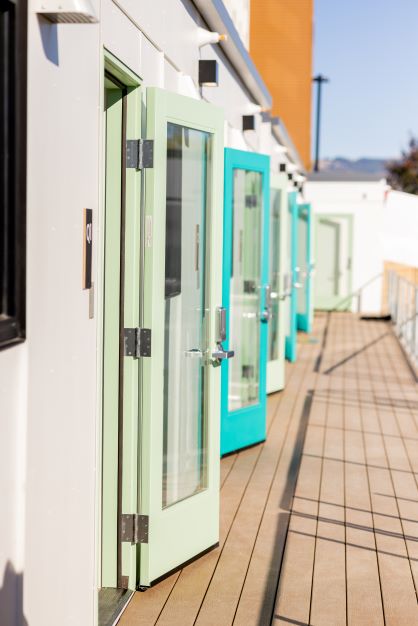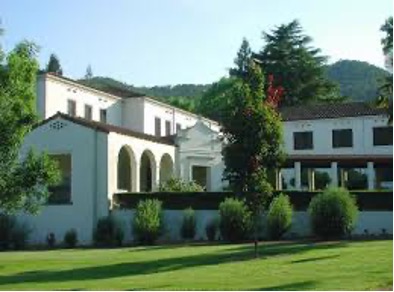
Legislature passes budget that restores funding for housing, higher education
Friends:
In my role chairing a Budget subcommittee, I have spent months pushing back against proposed cuts that would hurt the residents and institutions of California and Senate District 3. I’ve also questioned new spending proposed by the governor.
On Friday, I joined my Senate colleagues in approving an alternative to the governor’s proposed budget. Our version makes about $12 billion in cuts, the amount needed to address the current deficit, but preserves funding for the state’s top priorities: higher education, housing, and reducing unsheltered homelessness. It also contains key items that will help District 3.
Now that the Legislature has passed our proposal, we will work with the governor’s office to reach agreement on a budget before the start of the new fiscal year on July 1.
The state is certainly not alone in having to grapple with painful decisions. Families around California are making these kind of tough choices every day. I’m glad that we were able to agree on a spending plan that preserves funding for our top priorities.
Protecting higher education

On a recent visit to Cal Maritime Academy
Unlike the governor’s budget, our version does not cut funding to the University of California and California State University systems. The governor had in January proposed 8 percent cuts in the state’s budget for UC and CSU – a total of $771 million – though he revised that down to a 3 percent cut in May.
Eliminating these planned cuts will directly benefit California Maritime Academy and Sonoma State University, two important institutions in District 3 that have been struggling to address a significant drop in attendance.
My office led two lengthy public forums at Sonoma State in early 2025 to question CSU’s plan to cut many majors, lay off faculty and eliminate NCAA sports for the coming academic year, and also to press for a vision of how Sonoma State will recover and thrive going forward. I also recently toured the Maritime Academy, which is the process of combining operations with Cal Poly San Luis Obispo to trim costs and improve efficiency.
With millions of dollars in looming federal research cuts, our UC and CSU systems are facing enough difficulty without the state piling on. Our public university systems are the best in the world. We need to build on this asset and make that education more broadly available, not less.
Continued focus on homelessness, housing

Labath Landing Interim Housing in Rohnert Park
During this budget season, I have served as chair of Budget Subcommittee 4, which overseas spending on government operations, housing and homelessness, technology and innovation, economic development, veterans and the military department, among other items. I have used my position to constantly push for the reversal of cuts proposed by the governor for homelessness, and housing, while questioning additional spending on bureaucracy and tax breaks.
The governor’s budget included no additional funding for the Homeless Housing, Assistance and Prevention Program (HHAP), the main source of state assistance to cities and counties to operate emergency shelters and other programs to reduce homelessness. In contrast, the Legislature’s budget pledges $500 million in HHAP funding beginning July 1, 2026, about half of what local governments have received in recent years.
The Legislature also restored funds to address the housing crisis: $500 million in Low Income Housing Tax Credits, $120 million for the state’s Multifamily Housing Program, and $300 million for the California Dream down payment assistance program for first time homebuyers.
City and county leaders can’t be expected to reduce the number of people living on the streets in Vacaville or Vallejo, Rohnert Park or Suisun City, if they don’t have access to these state dollars. Every local leader I talk to in my district says lack of funding – not local opposition or regulation -- is the biggest obstacle to building more affordable housing.
I’m working to address that funding need with SB 417, a $10-billion housing bond that would go before voters in 2026.
Other key items in the legislative budget that will benefit residents of District 3 include:
Protecting the Delta
The Legislature’s budget package did not include the governor’s proposal to waive regulations to fast-track approval of the Delta Conveyance Project, the controversial tunnel that would divert water from the Sacramento River before it reaches the Delta and send it to farms and cities in southern California.
Health care for seniors
The governor had proposed ending Medi-Cal coverage for seniors who have more than $2,000 in assets, a change that would have cut an estimated 112,000 people from the program by 2027. The Legislature’s budget contains a higher threshold of $130,000 – the level that existed in 2022. This asset limit was erased completely in 2024, so $130,000 still represents a budget reduction. The asset threshold would primarily affect those who need long-term care. A person’s primary residence is exempt from the asset limit.
Fire safety
The Legislature’s budget strengthens the state’s firefighting capacity by transitioning 3,000 seasonal firefighters to year-round status – a change that recognizes the state’s lengthening fire season.
Helping Veterans

Yountville Veterans Home
The Legislature restored $819,000 for 2025-26 that the governor’s budget had cut to address deferred maintenance for California’s Veterans Homes. Also included is $38.76 million proposed by the governor to renovate the steam system that heats and cools the Yountville Veterans Home.
Thank you for allowing me to serve you in the California State Senate. If you would like to share your thoughts about the California budget, please contact my office at senator.cabaldon@sen.ca.gov.